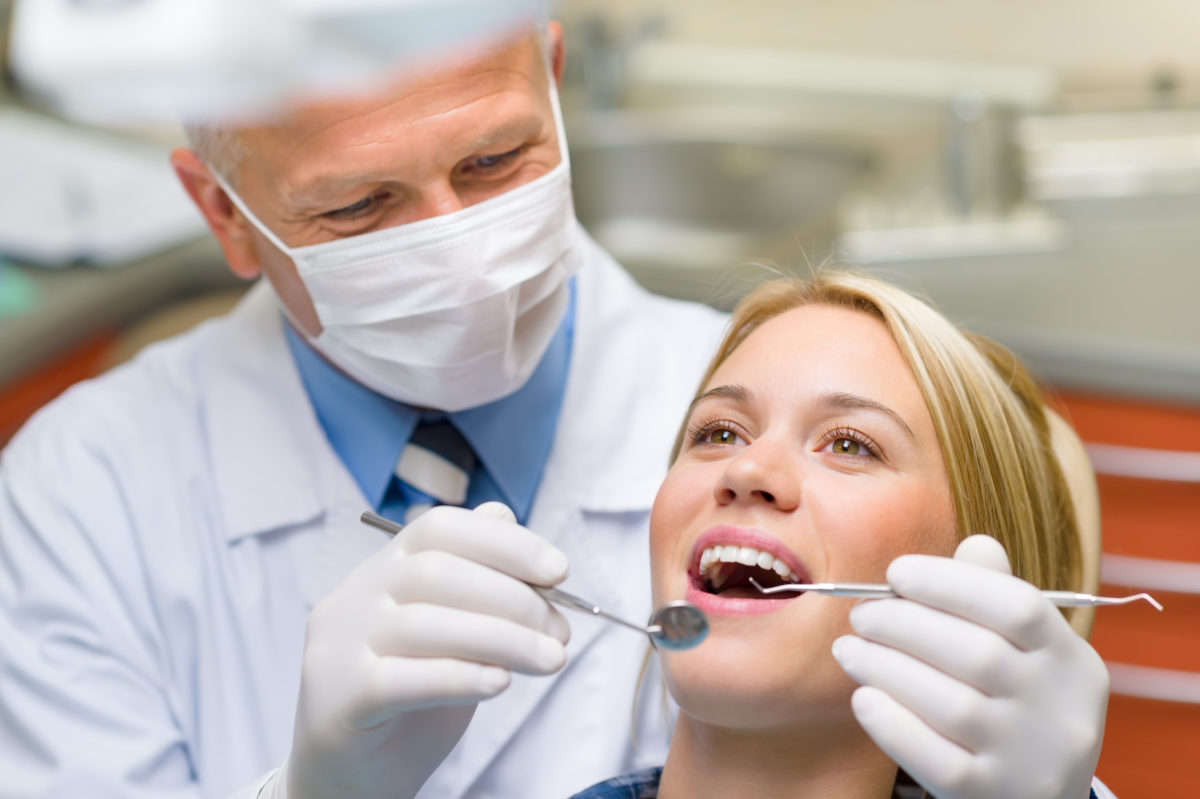7 Easy Facts About Legacy Orthodontics Explained
7 Easy Facts About Legacy Orthodontics Explained
Blog Article
Legacy Orthodontics Fundamentals Explained
Table of ContentsSome Known Facts About Legacy Orthodontics.Legacy Orthodontics - QuestionsThe Basic Principles Of Legacy Orthodontics An Unbiased View of Legacy OrthodonticsLegacy Orthodontics Can Be Fun For Everyone
In enhancement, we offer flexible treatment schedules, versatile repayment choices and an enjoyable, satisfying experience.An orthodontist is a dental practitioner trained to diagnose, prevent, and deal with teeth and jaw irregularities. They correct existing conditions and are trained to identify problems that might create in the future. Orthodontists deal with people of all ages, from children to grownups. People commonly connect an ideal smile with great health and wellness.
Malocclusion, or misaligned teeth, can bring about dental issues, consisting of dental cavity, gum condition, and difficult or unpleasant chewing. Not every person is birthed with straight teeth. If you have a poor bite or big areas in between your teeth, you may desire to consult a dental practitioner focusing on orthodontic treatment.
Top Guidelines Of Legacy Orthodontics
( Picture Debt: DigitalVision/Getty Images) Orthodontists use repaired and detachable dental tools, like braces, retainers, and bands, to transform the position of teeth in your mouth. Orthodontic therapy is for oral abnormalities, including: Misaligned teethBite troubles, like an overbite or an underbiteCrowded teeth or teeth that are also far apartJaw misalignmentThe goal of orthodontic therapy is to improve your bite.
A healthy bite guarantees you can eat, chew, and speak appropriately. While you could consider orthodontists as mainly for youngsters or teenagers that need dental braces, they can fix oral issues at any type of age. Orthodontists attend college, dental institution, and orthodontic institution. After college graduation, they spend 2 or 3 years in an orthodontic residency program.
All orthodontists are dental professionals, but not all dentists are orthodontists. Orthodontic residency programs supply intensive, concentrated guideline for dental professionals. They concentrate on 2 locations: How to effectively and safely relocate teeth How to effectively guide advancement in the teeth, jaw, and faceOnce an orthodontist has actually finished training, they have the choice to end up being board certified.
A Biased View of Legacy Orthodontics
Imbalance, or malocclusion, is the most typical reason individuals see an orthodontist. It is hereditary and is the outcome of dimension distinctions between the upper and lower jaw or between the jaw and teeth. Malocclusion results in tooth congestion, an askew jaw, or uneven bite patterns. Malocclusion is usually treated with: Your orthodontist affixes metal, ceramic, or plastic square bonds to your teeth.
If you have just minor malocclusion, you might have the ability recommended you read to utilize clear dental braces, called aligners, as opposed to standard dental braces (https://sitereport.netcraft.com/?url=https://www.legacyortho.com). Some people need a headgear to help relocate teeth into line with pressure from outside the mouth. After dental braces or aligners, you'll need to wear a retainer. A retainer is a custom device that keeps your teeth in location.
They can create additional room in the mouth without having to pull teeth. Orthodontists utilize wires, medical screws, or plates to sustain your jaw bone.
You might require to see an orthodontist if you have: Crowding or not adequate space for all of your teethOverbite, when your upper teeth come your base teethUnderbite, when your bottom teeth are as well far forwardSpacing or concerns with gapsCrossbite, which is when your top teeth fit behind your base teeth when your mouth is closedOpen bite or a vertical space between your front bottom and upper teethMisplaced midline, when the center of your base and top teeth don't align Remedying a dental malocclusion can: Make attacking, chewing, and talking easierImprove the proportion of our face and your overall appearanceEase discomfort from temporomandibular joint problemsDifferent your teeth and make them simpler to clean up, helping avoid dental cavity or dental caries It's typically a dentist that first notices misaligned teeth during a regular test.
Top Guidelines Of Legacy Orthodontics

During your first orthodontic appointment, you'll likely have: A dental examPhotos taken of your face and smileDental X-raysPanoramic (360 degree) X-rays of your face and headImpressions to produce molds of your teethThese tests will certainly assist your orthodontist understand how to continue with your therapy. leesburg invisalign. An orthodontist is a dental practitioner who's had training to treat your teeth and jaw
Orthodontists might do surgical procedure, exams,X-rays,and even more to help you achieve an extra comfy, much healthier smile. An orthodontist is focused on your bite, so something like a chipped tooth would be taken care of by a dental professional. Orthodontists are dental professionals yet not all dental experts are orthodontists. Orthodontists are concentrated on your bite, or the means your teeth fit together, and the straightness of your teeth.
Ever before questioned just how celebs constantly appear to have completely lined up teeth? The response usually hinges on the skilled hands of an orthodontist. However just what does an orthodontist do? Orthodontists are dental specialists that concentrate on correcting abnormalities in the teeth and jaws. Their know-how surpasses simply creating a lovely smile; it reaches improving your general oral wellness and function.
Excitement About Legacy Orthodontics

While braces are one of the most generally identified orthodontic therapy, orthodontists have a diverse toolkit at their disposal. The specific method picked depends upon the intensity of the situation, the client's age, and private choices. These tried-and-true braces make use of a system of brackets bonded to the teeth and attached by cords.
Clear aligners, like Invisalign, are a popular option for individuals looking for a more very discreet therapy choice. These detachable trays are custom-made to considerably change the teeth's setting. Headwear may be used in combination with dental braces or aligners to use added targeted forces, especially for dealing with jaw inconsistencies. In instances of slim jaws, palatal expanders can be utilized to produce space for proper tooth placement.
Report this page